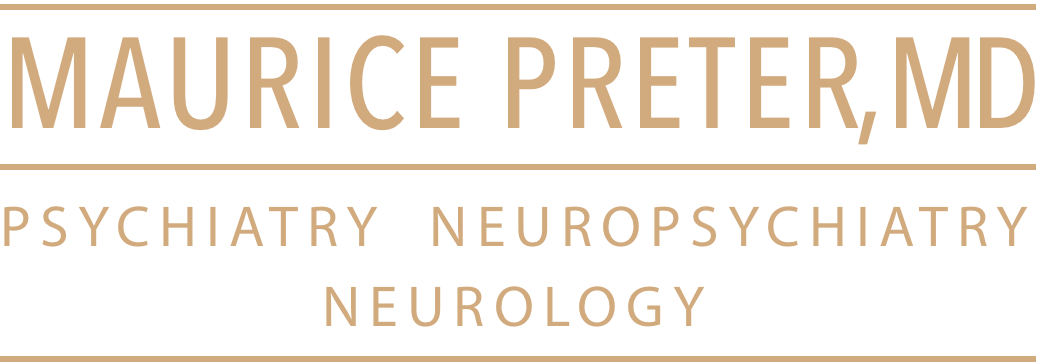Low plasma 25(OH) vitamin D level is associated with increased risk of COVID‐19 infection: an Israeli population‐based study
Abstract
Aim
To evaluate associations of plasma 25(OH)D status with the likelihood of coronavirus disease (COVID‐19) infection and hospitalization.
Methods
The study population included the 14,000 members of Leumit Health Services who were tested for COVID‐19 infection from February 1st to April 30th 2020, and who had at least one previous blood test for plasma 25(OH)D level. “Suboptimal” or “low” plasma 25(OH)D level was defined as plasma 25‐hydroxyvitamin D, or 25(OH)D, concentration below the level of 30 ng/mL.
Results
Of 7,807 individuals, 782 (10.1%) were COVID‐19‐positive, and 7,025 (89.9%) COVID‐19‐negative. The mean plasma vitamin D level was significantly lower among those who tested positive than negative for COVID‐19 [19.00 ng/mL (95% confidence interval [CI] 18.41‐19.59) vs . 20.55 (95% CI 20.32‐20.78)]. Univariate analysis demonstrated an association between low plasma 25(OH)D level and increased likelihood of COVID‐19 infection [crude odds ratio (OR) of 1.58 (95% CI 1.24‐2.01, p<0.001)], and of hospitalization due to the SARS‐CoV‐2 virus [crude OR of 2.09 (95% CI 1.01‐ 4.30, p<0.05)]. In multivariate analyses that controlled for demographic variables, and psychiatric and somatic disorders, the adjusted OR of COVID‐19 infection [1.45 (95% CI 1.08‐1.95, p<0.001)], and of hospitalization due to the SARS‐CoV‐2 virus [1.95 (95% CI 0.98‐4.845, p=0.061)] were preserved. In the multivariate analyses, age over 50 years, male gender and low‐medium socioeconomic status were also positively associated with the risk of COVID‐19 infection; age over 50 years was positively associated with the likelihood of hospitalization due to COVID‐19.
Conclusion
Low plasma 25(OH)D level appears to be an independent risk factor for COVID‐19 infection and hospitalization.

